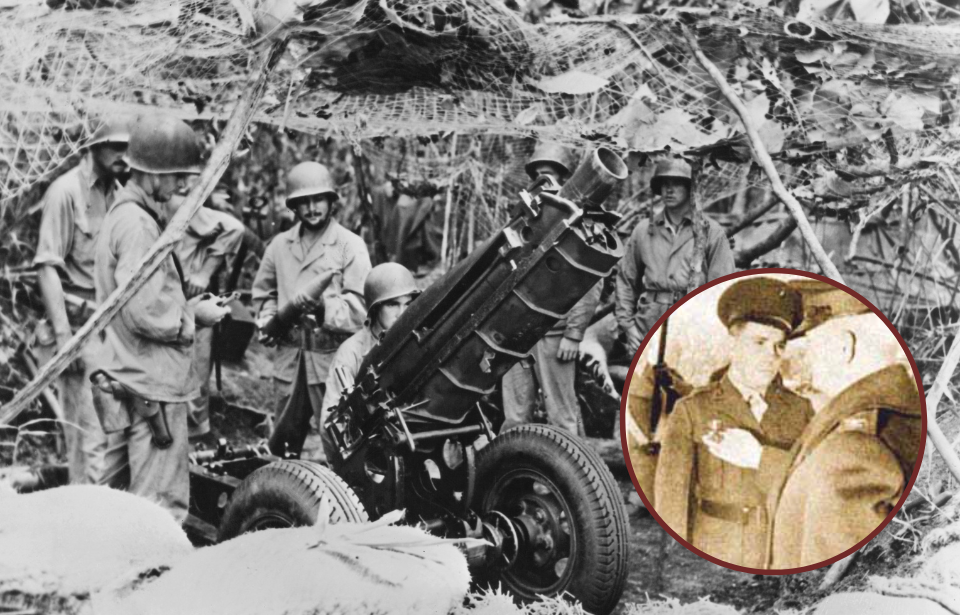Al Schmid, an apprentice steel burner, enlisted in the US Marine Corps after hearing about the Japanese attack on Pearl Harbor. Once on the battlefield, his courage and drive kept him in position, even after he was greatly injured by an enemy attack. Despite losing his vision, the American hero still managed to mow down those trying to attack American positions on Guadalcanal.
Al Schmid participated in the Guadalcanal Campaign
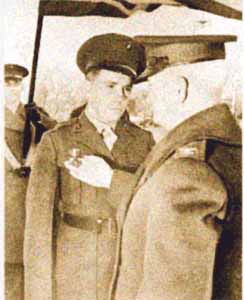
Upon learning about the Japanese attack on Pearl Harbor on December 7, 1941, Al Schmid enlisted in the US Marine Corps, training as a machine gunner. On August 7, 1942, he landed on Guadalcanal with the 11th Machine Gun Squad, H Company, 2nd Battalion, 1st Marine Regiment, 1st Marine Division.
Guadalcanal was an important campaign for the American forces. Not only was it the first major land offensive launched by the US in the Pacific Theater, it came as a complete surprise to the Japanese, giving the Americans the upper hand and stamping it down as a critical stepping stone of the Second World War.
The Japanese try to take back Henderson Field
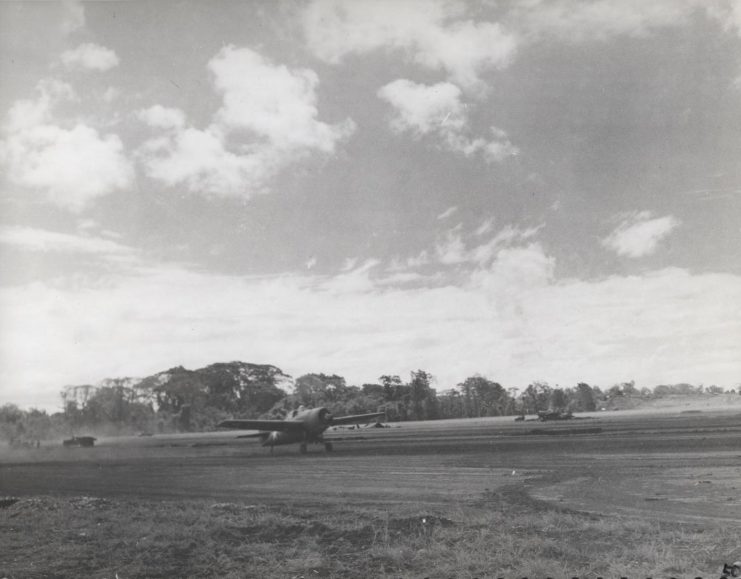
On August 21, 1942, Al Schmid and two others, Cpl. Leroy Diamond and Pfc. Johnny Rivers, were manning an M1917A1 Browning. The 1st Marines were on site, defending one of the island’s key features: Henderson Field. It was a vital location for the American forces, as the Japanese had to fly eight hours to participate in air battles overhead. By the time they reached the airfield, they were often exhausted and prone to making mistakes, giving the US an advantage – if they could hold their own.
If the Japanese intended to take Henderson Field for themselves, they’d first have to fight through the 2nd Battalion, 1st Marines, as the location was within their perimeter. That’s exactly what the enemy tried to do, sending 800 of their best infantrymen to retake the airfield, striking at 3:00 AM.
Al Schmid took a grenade blast to the face
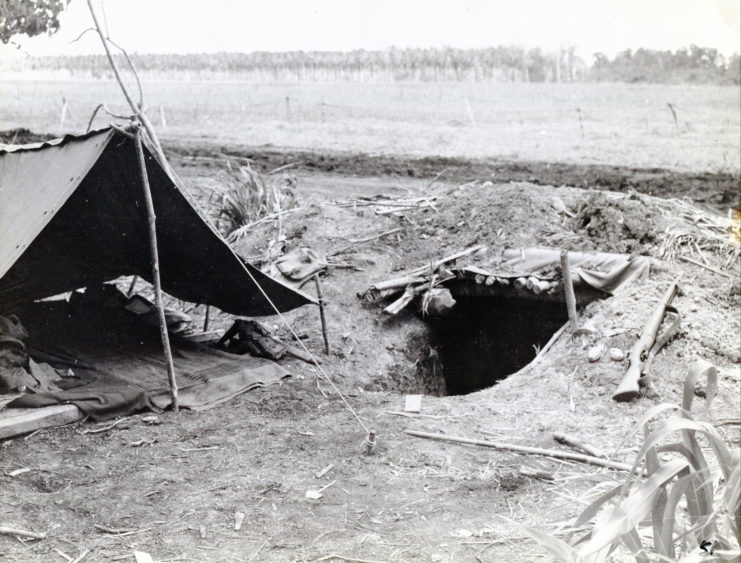
Once the assault began, it was nonstop. As the Japanese approached, Al Schmid and the two other gun crew members worked to mow down whoever came across their sights. Rivers was killed, with Schmid taking over and continuing to fire for more than four hours. Eventually, Diamond became wounded, so the now-lone Marine had to take over for him, too.
Schmid reloaded the belt-fed machine gun and fired in bursts to prevent it from overheating and jamming. Despite his efforts, however, the weapon glowed a burning hot red. At some point, a Japanese soldier threw a grenade into his nest. It exploded, injuring his hand, arm, shoulder and face.
The explosion didn’t just injure the Marine – it blinded him, as well. Despite no longer being able to see, Schmid continued to fire at the enemy, with verbal help from Diamond. He manned and reloaded the weapon, mowing down Japanese soldiers as they made their approach.
The crew was awarded for their heroism
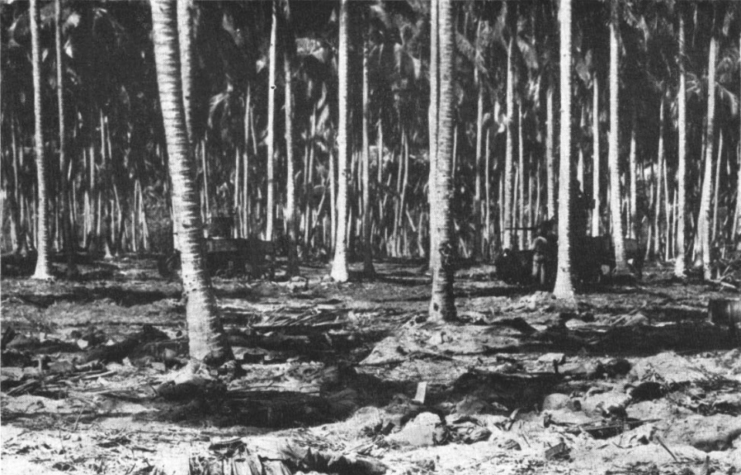
The next morning, the fight for Henderson Field was over. As the smoke cleared, over 200 Japanese troops lay dead in front of Al Schmid’s machine gun. The 11th Machine Gun Squad had successfully taken out around a fourth of the attacking Japanese assault troops.
More from us: Frogmen: Before Navy SEALs, Underwater Demolition Teams Were Making a Splash on the Battlefield
Following the assault, Schmid was transported to San Diego Naval Hospital and, as time went on, he regained partial sight in one of his eyes. He, Rivers and Diamond were later awarded the Navy Cross for their actions in defending Henderson Field, with his citation reading:
“In spite of tremendous difficulties, the enemy attack was courageously met and repulsed by fierce and determined fighting during which Private Schmidt was seriously wounded. His personal valor and loyal devotion to duty contributed to the defeat of the enemy.”
